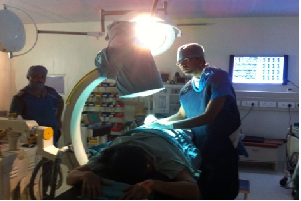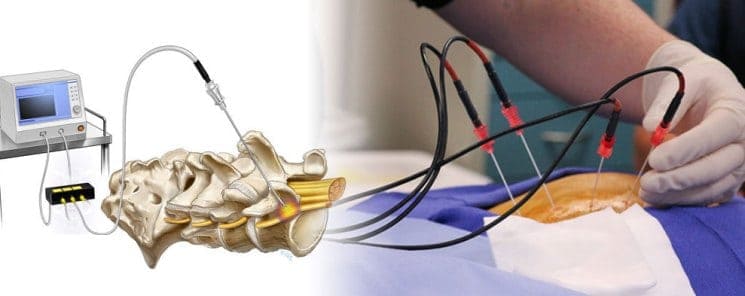Low back pain

80 % of people in life time ever suffer from low back pain may be acute or chronic.
Symptoms:
- Manytimes Central Pain, increase with bending, walking and standing.
- Sometimes Paracentral like side of central back ,increase after rest and/or backward extension of back.
- Maybe Due to Radiate to legs.
Causes:
- Mechanical cause.
- Internal disc disruption- like mostly age related due to lack of nucleus pulposus of disc.
- Facet joint pain –like inflammation of joints that connects vertebra.
- Myofascial/muscular pain.
- Infection – like disc infection called discitis.
- Trauma /injury- like vertebral fracture/compression.
- Tumours like blood vien tumours.
- Spondylo arthritic conditions.
- Congenital/Aquired
- Spondylolysthesis-like Defect in pars(part of vertebra) and Causes movement of spine/vertebra over each other
- Stenosis- like Narrowing of foramen from where nerves are coming out which causes pressure in spinal cord & nerves.
Treatment – Depending on causes treatment varies:
1) Epidural Neuroplasty.


Epidural neuroplasty procedure is more targeted pain management technique for those patients with severe back/neck pain and leg/arm or hand pain due to disc disease, spinal stenosis or even after spine surgery. So, Here epidural injections are done directly in epidural sheath from where nerves from spinal cord pass through to different part/area of body like calf ,thigh, heel, arm, for arm, hand etc. Here procedure is done under IITV(live X-ray) and with the use of dye spread, desired target is intervened . Anti-inflammatory agent injection reduces local inflammation and enzyme helps in breaking adhesions and thus help in relieving pain.
2) Endoscopic Discectomy.

STITCHLESS ENDOSCOPIC DISCECTOMY (SED)/TRANSFORAMINAL PERCUTANEOUS ENDOSCOPIC DISCECTOMY (TPED) is a minimal invasive technique mainly used for treatment of Lumber Disc Herniation/Sciatica.Performed under local anesthesia. So, SED has been proven to be a safe and effective technique.
Here with the help of Endoscope,removal of Herniated Disc Material Selectively is done under vision.In this technique,after needle is entered at herniated portion of disc,dilator is threaded over needle,than sheath is threaded over dilator,then endoscope is introduced in sheath.Muscle & Tissue are dilated rather than cut.Patient is awake through out procedure,so feedback of patient during procedure can be utilized in avoiding any nerve damage.
3) Radiofrequency Ablation.
.jpg)


RF Ablation is to induce thermal injury to the tissue through electromagnetic energy produced by high frequency current by RF Generator . Heat energy is deliver to and lesion is created to targeted pain producing nerves with no damage to surrounding structure.
4) Ozone Nucleolysis.

Here, ozone is injected into the hydrated and contained herniated disc into nucleus pulposus. It produces anti-oxidants(oxygen free radicals) which helps in shrinking the disc and decreasing pressure on nerves..jpg)
5) Vertebroplasty.




Minimally invasive ,percutaneous procedure in which an injectable rapidly hardening polymer is placed in a vertebral body with the primary goal to relieve pain and maintain stability of vertebral column. By filling of cement(PMMA),it solidifies and provides mechanical stability of fracture.
Best spine specialist doctor Surat, Gujarat, India
Dr. Shishir Mehta do all Interventions like without Surgery under Guidance of Live X-Ray (IITV) or CT SCAN with Latest instruments.
